Lake Superior Steelhead Fishing
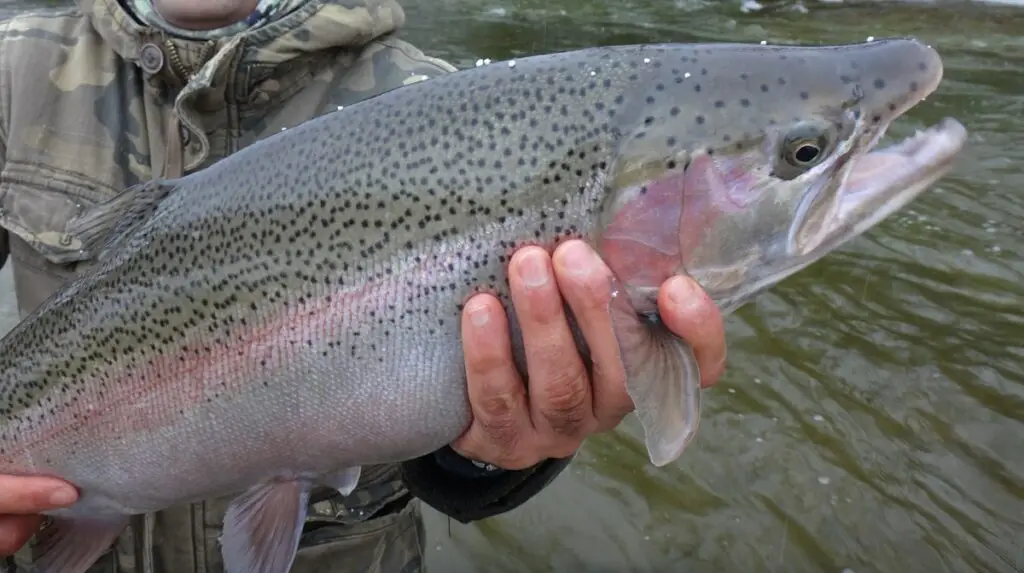
Lake Superior is the largest of the Great Lakes, and it’s an impressive sight to behold and it has some very good steelhead fishing opportunities. It borders three US states and the Canadian province of Ontario.
What makes is so good for steelhead fishing? Well, in the late 1800s, Pacific Coast steelhead were introduced to the rivers that feed into the lake, and the fish have since thrived.
Continued restocking keeps the population up, so there are plenty of opportunities to catch a trophy of a steelhead when going to Lake Superior. Beyond that, the lake is popular because it offers enough of a challenge to make anglers like myself feel like we’ve earned our catch.
Understanding Steelhead in Lake Superior
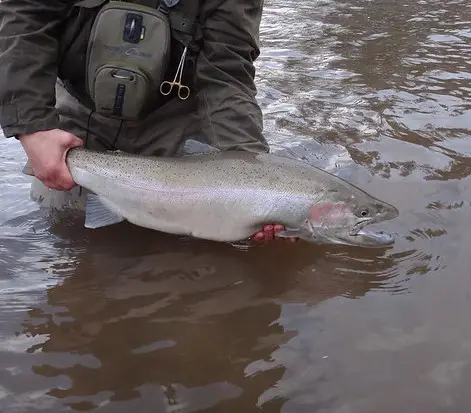
The steelhead in Lake Superior are generally smaller than the ones you can find on the Pacific Coast, but they fish as hard as any steelhead found in the Great Lakes.
Biologist and friend Fred Dobbs from the Nottawasaga Valley Conservation Authority describes them as pure muscle.
The average size is around 25 inches, although some older fish can reach 30 inches or longer. Bigger fish can weigh up to 10 pounds, while smaller ones are around five or six pounds.
These fish are also potamodromous, meaning they spawn in one location and live in another. This is why it’s so easy to find steelhead on the North Shore. During the spring thaw, the fish will swim up the rivers and streams to make their nests, then return to the lake.
On rare occasions, some steelhead will make their spawning runs in late fall, usually in October, November, and December.
Steelhead like to hang out in deeper waters of lake superior where they’re harder to locate, but when they enter shallower river waters, they can be easier to find. Since steelhead eggs and fry need cold, clear water, the fish have to find adequate spots for spawning as far up the rivers as possible.
However, they don’t stay in shallower water and rivers for too long, so you must be patient and diligent.
Prime Locations for Lake Superior Steelhead Fishing
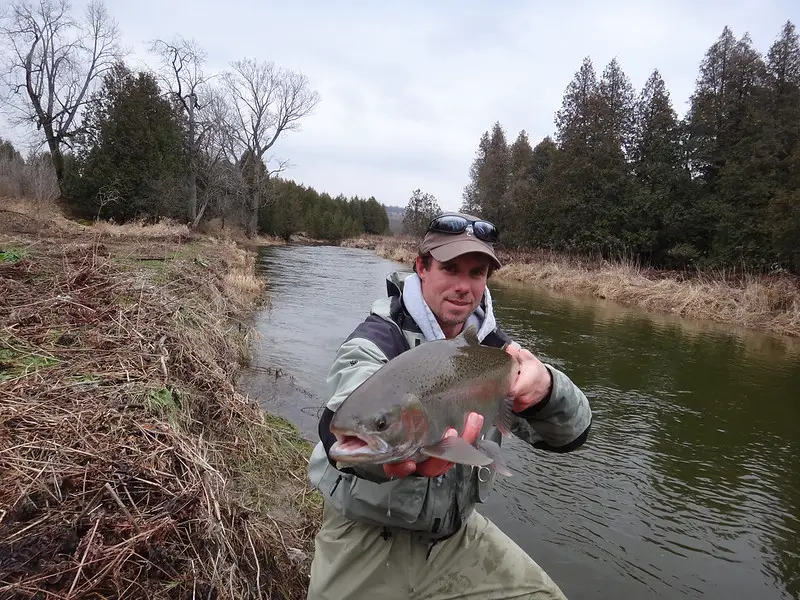
Because there are dozens of rivers and streams leading into Lake Superior, many of them will see steelhead trout during the spring thaw. I prefer to go where the larger steelhead are, which means competing with fellow anglers.
However, none of the rivers get “crowded,” so it’s not like we can’t all find a prize catch for the day. Thunder Bay Canafas is often one of the best areas to find steelhead, and it’s where the first few batches of steelhead were introduced to the lake.
The McIntyre River is one of the easiest to access because it weaves through the city. However, you can still find pristine green spaces outside the city to find your catch. The Current River is also in Thunder Bay, and it’s another popular destination.
If you want something a bit more wild, the town of Nipigon is a better option. It also has multiple fishing locations with lots of steelhead, including the Gravel, Cypress, Nipigon, and Jackpine rivers.
For the largest fish, I recommend the Steel River, which is by Terrace Bay. Because this river is so wide and deep, it attracts a lot of steelhead. There are many deep pools and runs, and almost all of these spots will have steelhead during the spawning season.
Other smaller rivers in the USA and Canada that can be good for steelhead fishing include:
- Flag River
- Bois Brule River
- Two-Hearted River
- Lester River
- Split Rock River
- Beaver River
- Menominee River
- Michipicoten River
Remember, there are dozens of rivers feeding into Lake Superior, and just about all of them can have steelhead, so you can just check the map and head to your nearest one.
While they’re not all full of steelhead during the spawning season, there’s a good chance of finding at least a few fish in each stream.
Best Times for Steelhead Fishing
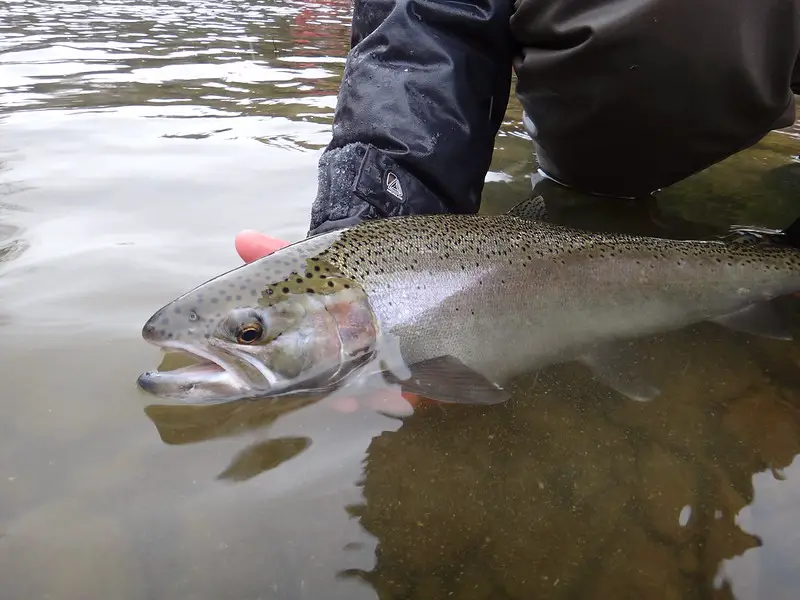
Springtime is the best time for fishing Lake Superior steelhead. Since the snow and ice are thawing, the water is cold and clear enough for the fish to lay their eggs.
Typically, the peak fishing season is the last week of April or the first two weeks of May. So, if you want the best chance of catching a steelhead, this is the time to come. However, since most anglers plan to fish during this period, choice locations may be occupied.
Late May can also work well for steelhead fishing, although you’ll also encounter mosquitoes and other bugs. But fishing challenges come with the territory, and you can always mitigate the hassle of mosquitoes with thick clothing and sprays. Use my Spring Steelhead Fishing Tactics and Tips to get the advantage on these fish.
Fall will see plenty of steelhead moving up into the river once the river rise from rains. Check out my article on 15 Tips For Fall Fishing For Steelhead.
Gear and Equipment
Fly-fishing is the best option for steelhead trout, although you can learn how to catch them with a spinning rod. I prefer to fly fish, so here are some tips on how to gear up effectively to bring in a prize catch.
The best rod weight is 7 or 8, as that will catch virtually any steelhead quickly and efficiently. While it’s possible to use a smaller weighted rod, it will just take longer to reel in your catch, and that adds a lot of stress on the fish.
For length, a nine or ten-foot rod is ideal. Nine-foot rods are better for smaller rivers where you don’t have as much room to cast. A 10-foot rod works best for mending and high-sticking, but you need to ensure you have sufficient space.
For reels, a 7/8 model is perfect for steelhead trout, but you can go up a size if you want a more efficient setup. Larger reels can also help balance the rod so it’s easier to cast and mend your line. Also, pay attention to the drag which should be a sealed drag and should be very smooth.
A large arbor is best because the steelhead will pull the line quickly.
Standard fly line works well for steelhead fishing, and you can pair it to your rod easily. However, some anglers prefer monofilament lines that are abrasion-resistant with high visibility. This choice often comes down to personal preference.
Yarn flies or egg flies are great for steelhead and have a proven track record. That said, there are tons of different options that work for this fish species, so you can practice with multiple flies and see which ones work best for you.
Some examples of nymph flies include the Frenchie, Copper John, and the prince’s nymph. You can also use streamers, such as the Woolly Bugger or Egg-sucking Leech.
Other equipment you’ll need for Lake Superior steelhead fishing includes:
- Net – Make sure to have a net that can catch a 30-inch trout, just in case.
- Waders and Boots – I tend to be mobile as I’m fishing for steelhead, so I prefer lightweight, breathable waders. They don’t weigh me down too much and my feet aren’t drenched with sweat by the time I’m done. I also like lightweight waterproof boots that provide mobility and flexibility.
- Polarized Sunglasses – Sunlight reflects off the water, making it harder to see what you’re doing. Polarized sunglasses allow you to see into the water, and potentially spot your next catch.
- Waterproof Packs – You’ll need something to carry your supplies, and a waterproof pack is the best option. This way, if you slip and fall, your stuff won’t get soaked and ruined.
- Hemostat and Nippers – Hemostats are necessary for removing hooks without hurting yourself, and nippers allow you to cut your line easily as needed.
See my article on all the River Fishing Gear that I recommend.
Techniques and Strategies
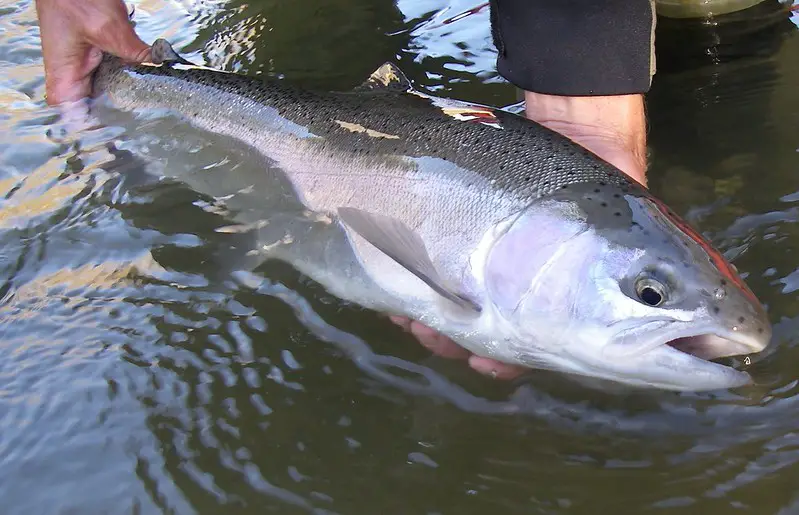
To maximize your fishing capabilities, I recommend learning and mastering a few fly-fishing strategies. Because the water is always changing, you can’t use the same technique every time. Here are the methods I use the most:
- Chuck and Duck Nymphing – In this case, you use weights (e.g., drop shot or split shot) to make your fly sink faster. This option works best for shorter distances and fast-moving water. Chuck and duck nymphing is easy to master and works well for virtually all the different rivers you’ll encounter in Lake Superior.
- Euro Nymphing – This technique is similar to Chuck and Duck, but you use a heavier weight and work at closer distances. This option is best for fast-moving dirty water, since you need to get close to the fish without spooking them. This method allows you to feel a tug much faster, so you can set your hook more easily.
- Suspension Nymphing – In this case, you use an indicator (i.e., a bobber) to tell when there’s a bite. This option is ideal for newbies since it can be hard to feel a bite on the line. You can use a horizontal suspension, where the fly drags behind the indicator and stays close to the surface. Alternatively, you can weigh the line with split shot for vertical suspension. The latter option is best for deeper, clearer water.
- Float Fishing And Centerpin Fishing – Float fishing with a spinning reel or a Centerpin reel can be the most effective way to present a bait and to catch steelhead.
- Lure Fishing – Lures are very effective for steelhead in the rivers and from the river mouths or from the boat out in Lake Superior. You will see shore angler casting lures for steelhead when the steelhead is in close and staging near river mouths. Make sure you are using the right methods and effective lures.
I also recommend having multiple flies ready so you can switch rigs quickly while in the water. For example, you may start by suspension nymphing in deep pools, then switch to Euro nymphing as you move into shallower waters or fast-moving runs. Having your gear ready saves time and allows you to hook a catch more reliably.
Tight Lines
Graham
- Minnesota Department of Natural Resources – For up-to-date fishing regulations and guidelines.
- Trout Unlimited – Conservation efforts and sustainable fishing practices.
- Orvis Fly Fishing Learning Center – Comprehensive guide to fly fishing techniques and tips.

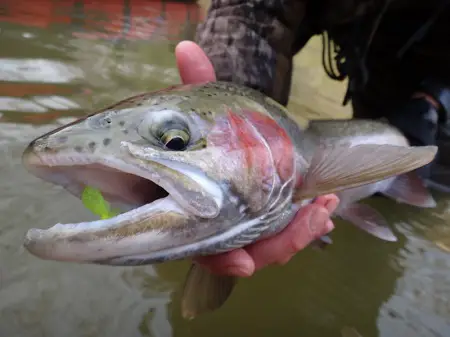
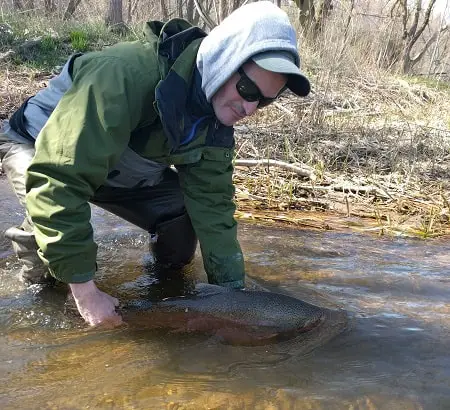
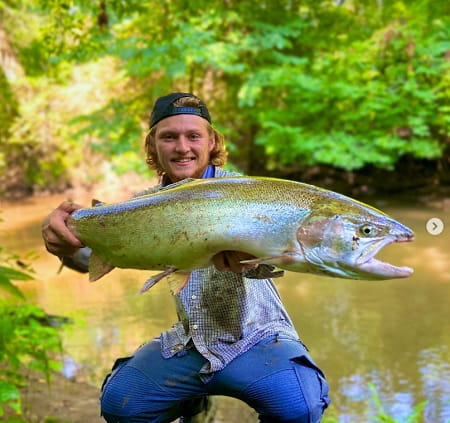
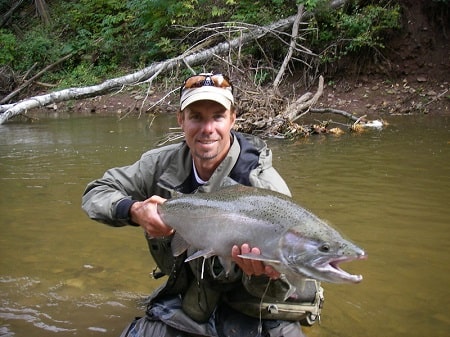
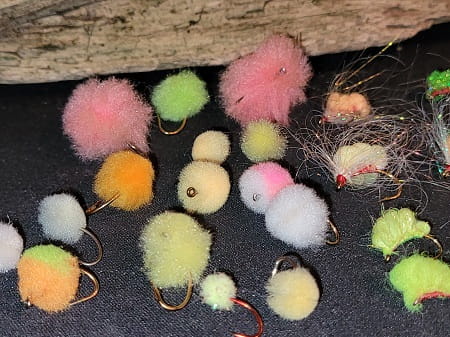
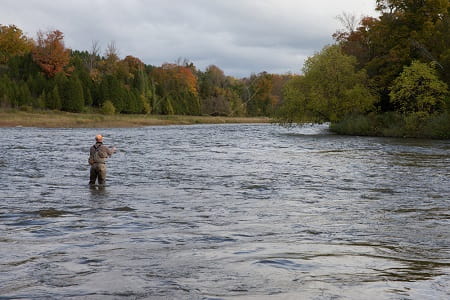
I am asking how many steelhead I can take in a day
Always check the local fishing regulations.